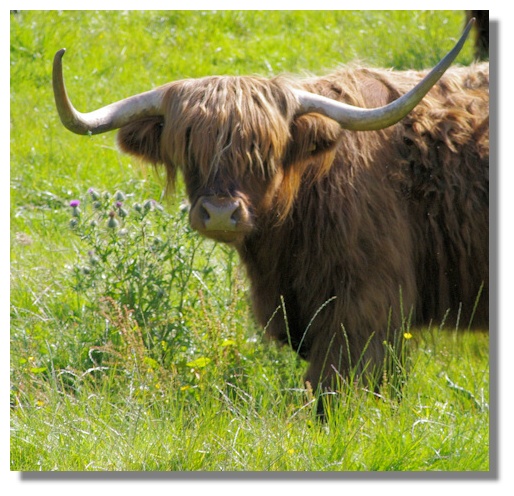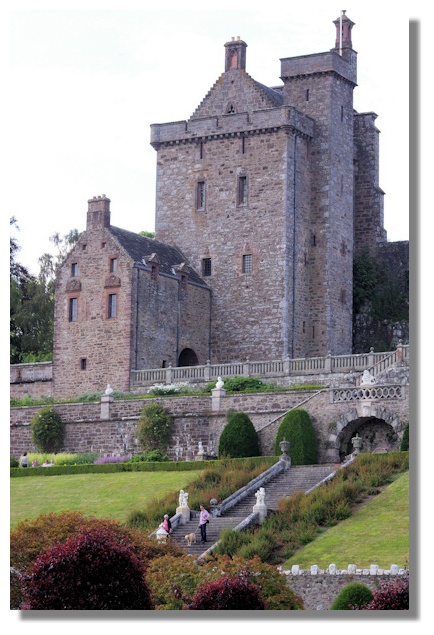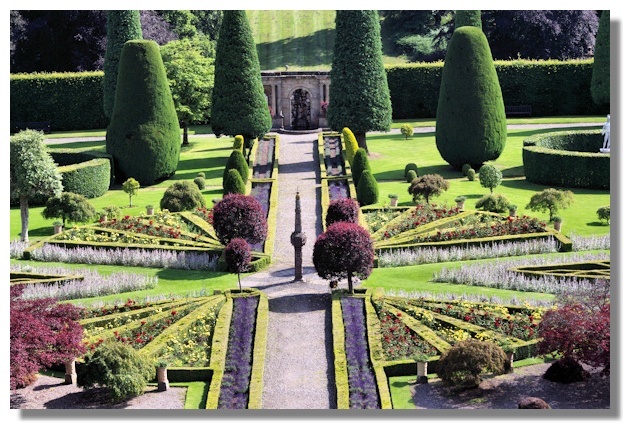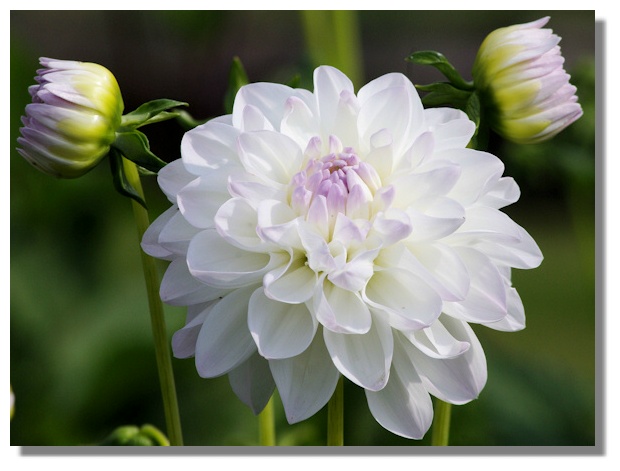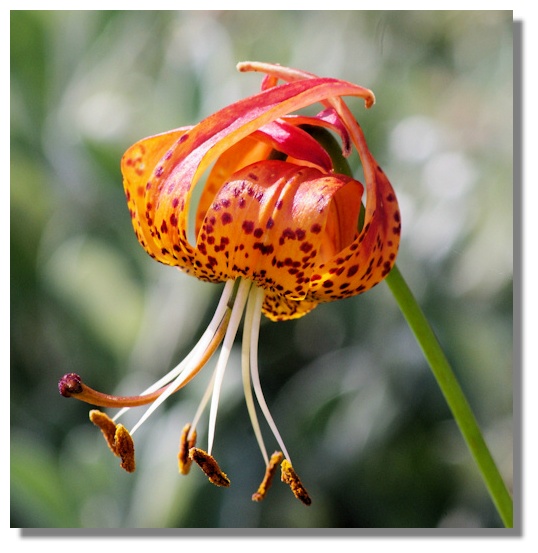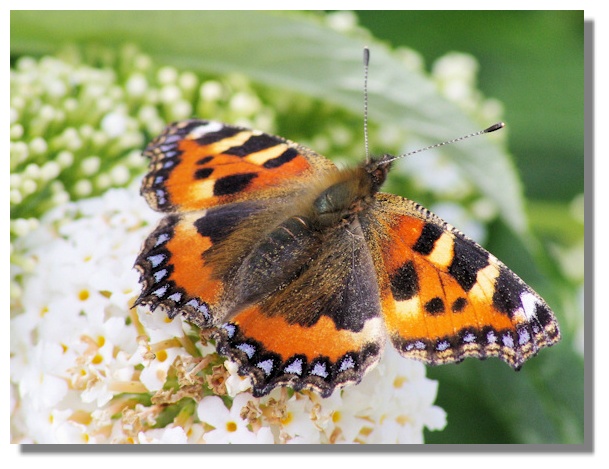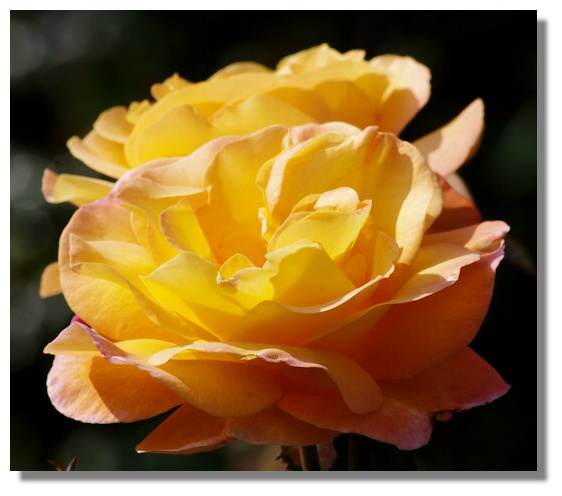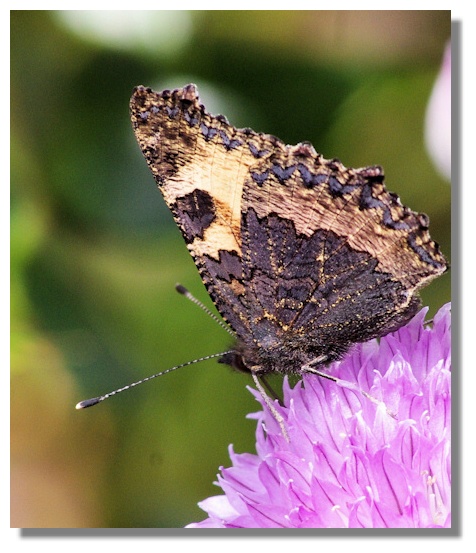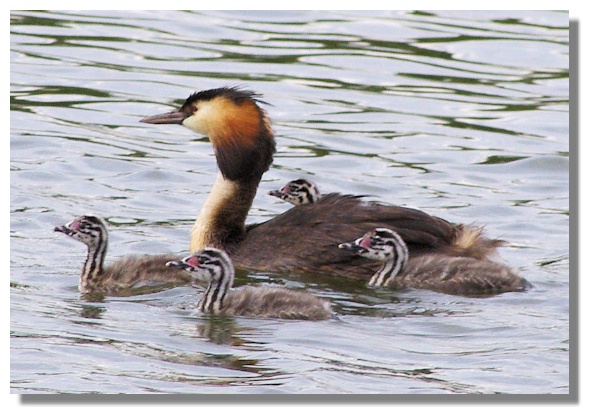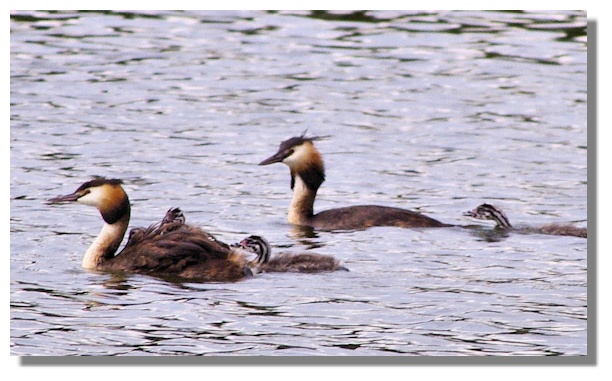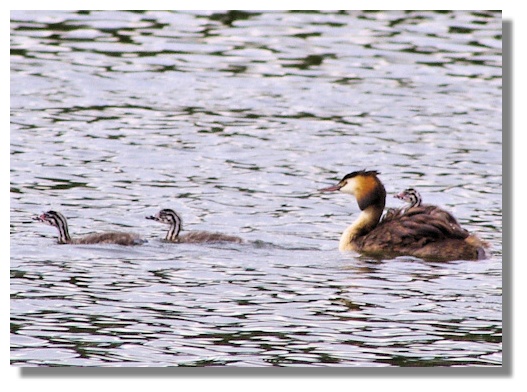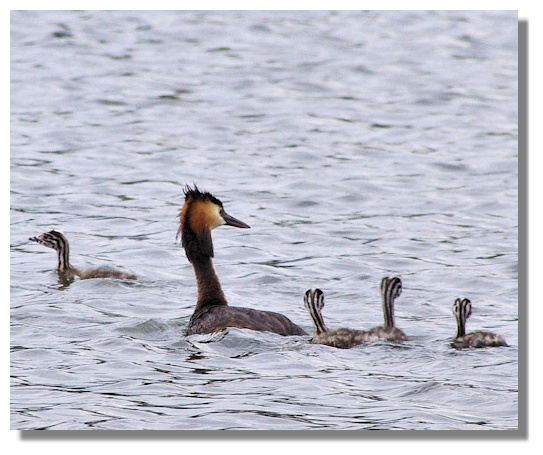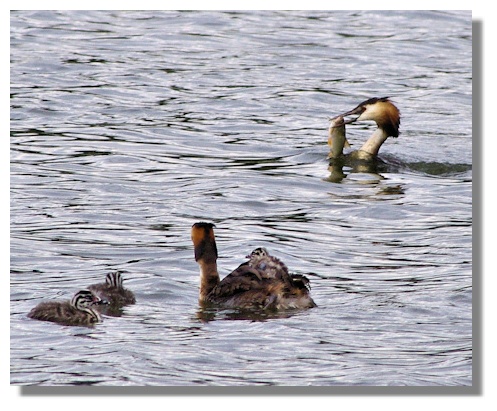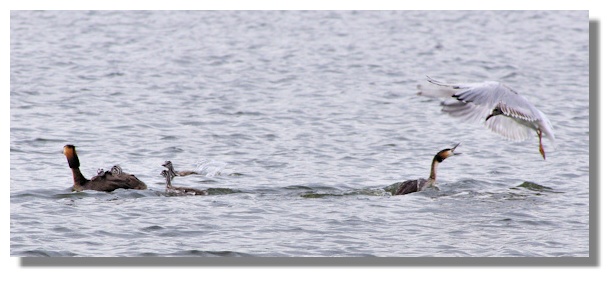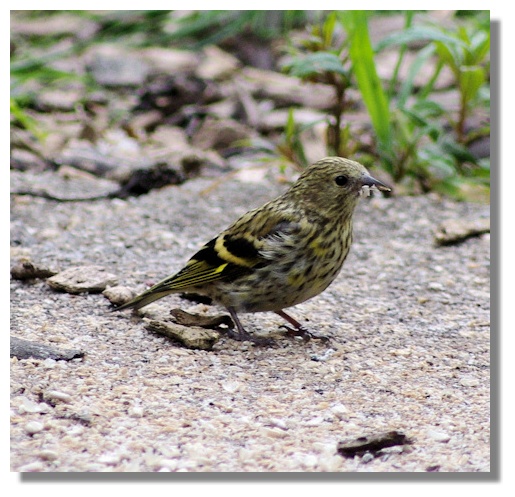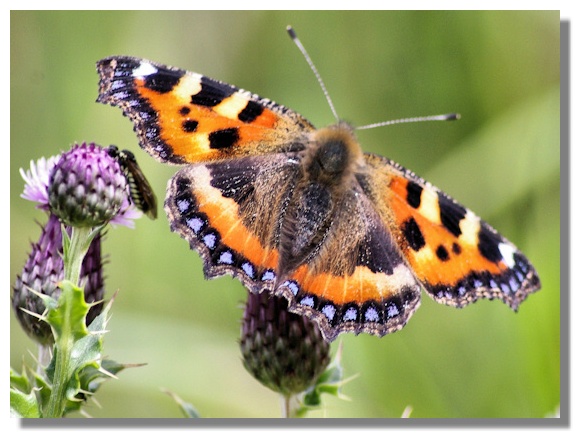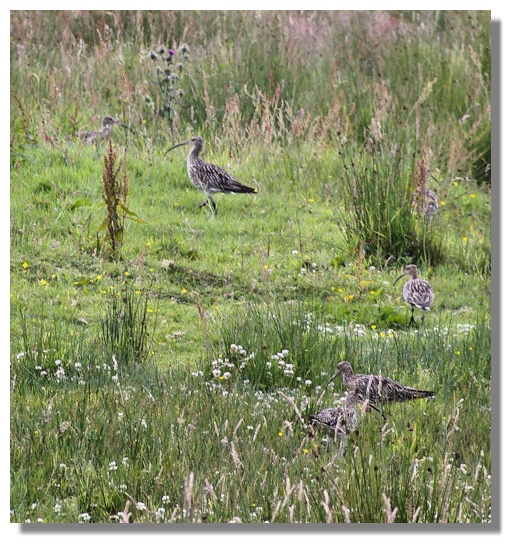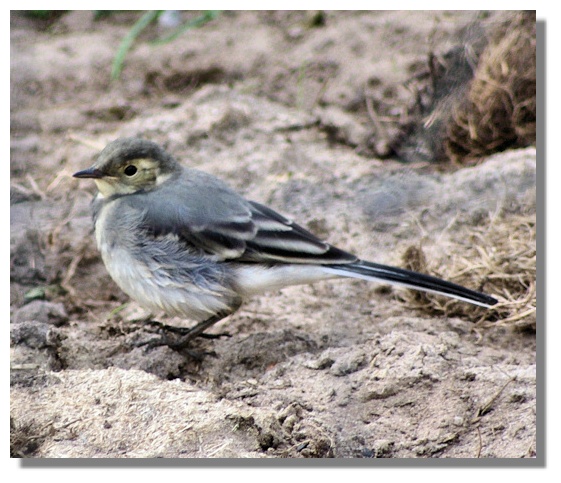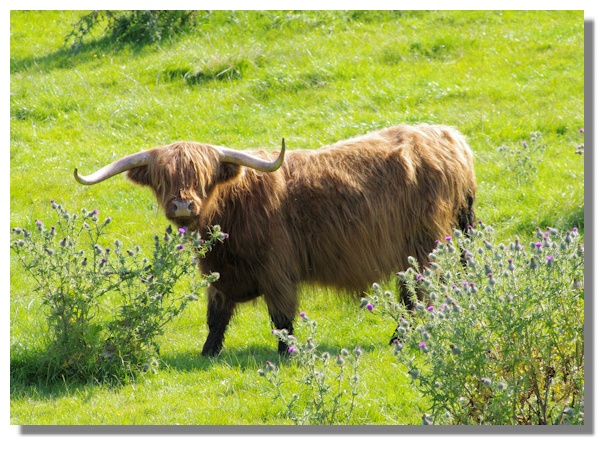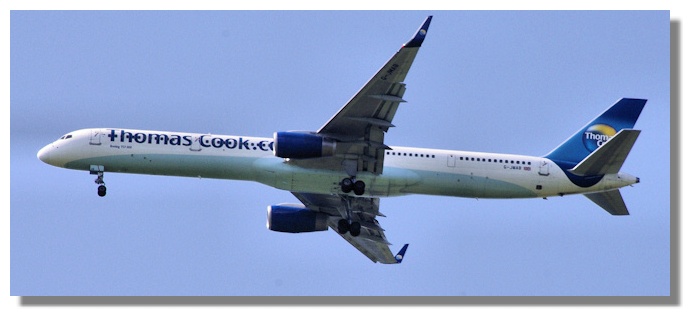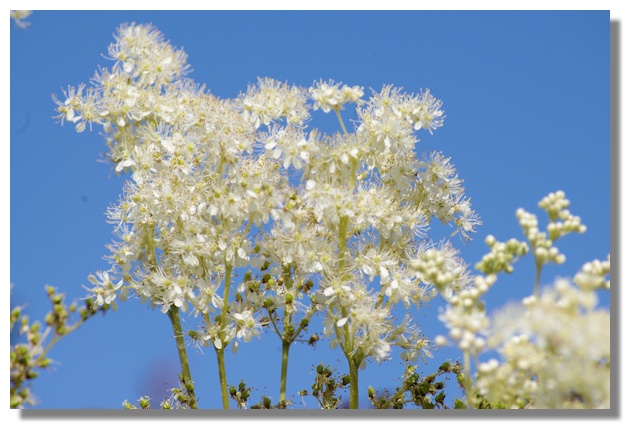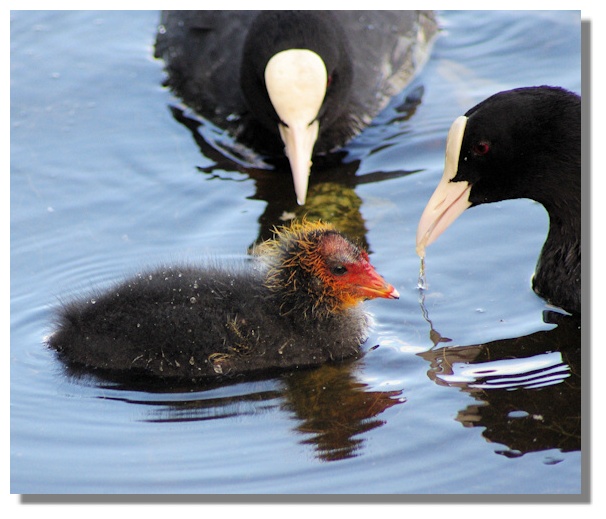Scottie's Monthly Photo Diary
- July 2011 Part 2
Background
I never go anywhere in Scotland without my camera and I take photographs wherever I go. Sometimes I go somewhere specifically to take photographs with a view to adding another page to the Rampant Scotland site. On other occasions I just see something that makes an attractive picture or else it's another graphic to add to the library to perhaps use on a future occasion. This is a selection of the best photographs I took in the second half of July 2011 with a commentary on each one. It thus forms a pictorial diary of my travels during the month which can be shared by everyone! There's also a link to a slide show of the pictures on YouTube.
Drummond Castle Gardens
It was the 4th Lord Drummond (promoted to be first Earl of Perth) who is credited with transforming the gardens of Drummond castle in the 1630s. His garden architect, John Mylne III, was King Charles I's master mason (and he was also responsible for the magnificent obelisk sundial seen in the picture below). Cromwell destroyed the keep during the Civil War but, towards the end of the 17th century, the 4th Earl of Perth built a mansion house which created an inner courtyard. The keep was also repaired but is now an empty shell. The 4th Earl also enhanced the gardens and the extensive Drummond estates.
Visitors are not allowed in Drummond Castle itself - but the magnificent gardens keep everybody well satisfied. The gardens at Drummond Castle have a long history - there are records of Lord Drummond sending cherries to King James IV in 1508. Over the centuries, the garden has been remodelled several times. The 4th Earl Drummond was a well known agricultural improver at the end of the 17th century - he had a plan to grow an avenue of trees all the way from Drummond Castle to Perth - twenty miles away! He had to make do with a mile long avenue of beech trees leading from the main road to his castle. In the 19th century Lewis Kennedy (who had previously worked for the Empress Josephine at Malmaison in France) was engaged as Factor for the estate. It was Kennedy who created a formal flower garden. Lewis Kennedy's son created a new design in 1838 and when Queen Victoria and Prince Albert visited the Drummonds in 1842, it was this layout which she saw. It is broadly this plan which is in place today, full of rose beds, box hedges and statues.
Visitors who are not put off by a sign proclaiming "Vegetable Garden" are treated not only to beds of lettuce, cabbage and onions but also to areas dedicated to colourful flowers - especially dahlias which are just coming into bloom at this time of year.
The terraces below the castle which lead down to the formal gardens below are also full of flowers and shrubs, including some colourful Lavatera.
This is a variety of lily native to northern and eastern Asia, including Japan, known as Lilium tigrinum. It is one of several species of lily to which the common name Tiger lily is applied. Flowers on the plant last for a short period of time before they wither and are replaced by newer flowers. I understand it is widely planted in North America, particularly in eastern and northeastern areas.
The roses in the formal gardens are impressive when viewed from high up on the castle forecourt but are even more breathtaking when seen in close up. I particularly liked this golden yellow one. Unfortunately, being located in the rose beds surrounded by low box hedging, it's hard to get close enough to check on how much perfume they produce! But at least the telephoto lens can get close.
In July, the UK's Butterfly Conservation organisation runs a "Great Butterfly Count" during which members of the public are asked to report to an on-line survey site on the number and type of butterflies seen anywhere in the UK. The count was supposed to be the last two weeks of July but the weather in the first week was so bad (and butterflies largely only come out in sunshine) that the period was extended to take in the first week of August as well. That seemed like a good idea, especially in Scotland where butterflies tend to emerge later than down in England. So our visit to Drummond Castle was in part prompted by the hope of seeing some butterflies as the forecast was for sunshine and in previous years Drummond Castle Gardens had been a good place to see them. There were not exactly clouds of butterflies this time but there were a couple of Small Tortoiseshells - this one was on a white Buddleja bush.
That "vegetable garden" at Drummond Castle also contained some individual rose bushes, including this attractive apricot coloured one, shining out in the sun. Temperatures were around 70F that day - a very pleasant level that encouraged utilising the many seats lining the walkways on the terraces below the castle.
The underwings of the Small Tortoiseshell butterfly are dull, looking like a dried leaf at a distance, which helps to conceal stationary or hibernating individuals. But seen in close up, they create an interesting pattern. When threatened, resting Small Tortoiseshell rapidly open and close their wings, presenting a dramatic display of colours which can frighten off predators - or other insects competing for nectar.
Hogganfield Loch - Great Crested Grebes
We have been watching the nesting Great Crested Grebes at both Hogganfield Loch in Glasgow and Drumpellier Country Park in North Lanarkshire, hoping that this year they would be successful in producing their noisy, striped young chicks. Great Crested Grebes nests are not very substantial and are often located too near to bodies of water. If water levels rise, they can often be flooded and the eggs don't hatch out. So we were delighted to find that Great Crested Grebes in both lochs had been successful this year. The adults share the incubation which lasts for just over four weeks. The eggs don't all hatch on the same day so the birds are often of varying sizes when seen later. I had previously seen photographs of youngsters getting carried on the mother's back but this was the first time I had managed to get a photo of this delightful characteristic myself.
At times, there were two youngsters on the mother's back. While this must have helped the smaller birds, there were disadvantages as it was noticeable that it was the larger birds already in the water that were first in line when their father came back with a fish! Later, both parents will dive for fish and the youngsters will split into two pairs, with either mum or dad looking after their special duo.
Young Great Crested Grebes must be one of the noisiest baby birds around as their loud cheeps can be heard all round the loch, long before they can be seen! While that must make them more vulnerable to predators (large gulls can sometimes swoop down and carry them off), that incessant cheeping must provide a lot of encouragement for the parents!
In this picture, mother and young are looking over with interest to see if dad has been successful!
After an earlier dive, the Grebe father had been dive-bombed by a black head gull and was forced back under water. I couldn't see whether he lost the fish - or just swallowed it himself. But he subsequently resurfaced without a fish. However, he was an assiduous worker and soon came back with an even bigger fish. I was convinced that this one (a roach) was too large for a youngster to swallow but after a great deal of struggling, one of them managed it!
Fed up with being harassed by the seagulls, the father eventually turned on a hovering black headed gull and noisily menaced it with that sharp beak. After that, the seagulls remained at a distance!
RSPB Reserve Vane Farm, Loch Leven
The Royal Society for the Protection of Birds (RSPB) Reserve at Vane Farm on the edge of Loch Leven, near the town of Kinross, is one of their flagship locations in Scotland. The visitor centre has an observation area within the café high above the loch with telescopes available for watching birds from the warmth and comfort of the main building. There are also three smaller hides nearer the loch to allow visitors to get closer to the birds. But I've often found that an area beside the visitor centre which has well stocked bird feeders is often the best location to get pictures - such as this Siskin down on the ground sweeping up the grain that has fallen from the feeders above.
That Butterfly Conservation request for sightings of butterflies was also a reason for calling at Vane Farm. Although the RSPB is mainly a bird conservation organisation, it gets involved in encouraging all sorts of wildlife, including Butterflies. There are well established Buddleja bushes near the visitor centre and there is also a meadow given over to plants that are popular with bees and other insects.
Curlews feed on mud or very soft ground, searching for worms and other invertebrates with their long, down curved bills. Their mottled plumage gives them excellent camouflage - can you find the six birds in the picture?
This young pied wagtail was another beneficiary of the RSPB suspended bird feeders!
Baldernock, North of Glasgow
A small herd of Highland Cows has appeared in a field at Baldernock, a country area not far from the Glasgow city boundary. Highland cattle are an ancient Scottish breed of beef cattle with long horns and long wavy coats which can be coloured black, brindled, red, yellow or dun. They are a hardy breed which do well in their native Scottish Highlands but have been successfully established in many temperate countries and indeed in countries where winters are substantially colder than Scotland's, such as central Europe and Canada. Their hair provides protection during the cold winters and their skill in browsing for food enables them to survive in steep mountain areas. They can eat plants which many other cattle avoid. The meat tends to be leaner than most beef because Highland cattle get most of their insulation from their thick, shaggy hair rather than subcutaneous fat.
That shaggy hair over its eyes and docile expression have endeared the Highland cow to the non-farming public and has made it popular in places like Pollok Country Park in Glasgow and Scone Palace in Perthshire. Being so photogenic its picture is usually to be found in most collections of tourist postcards in Scotland!
The poor summer (again) will have increased the number of Scots taking package holidays to warmer and sunnier parts of Europe. Travel agent Thomas Cook used to engage the services of other aircraft operators but now employs its own aircraft and crews to provide the service. This Boeing 757 aircraft is flying at under 2,000 feet at this point on its approach to landing at Glasgow airport.
Filipendula ulmaria, commonly known as Meadowsweet, is a perennial herb that grows in damp meadows. It is native throughout most of Europe and Western Asia. It has been introduced and naturalized in North America. It is known by a range of other names including Queen of the Meadow, Pride of the Meadow, Meadow-Wort, Meadow Queen, Lady of the Meadow, Dollof and Bridewort. Meadow Sweet does seem appropriate however as it does have a delicate, sweet perfume.
Drumpellier Country Park, North Lanarkshire
Coots sometimes manage to raise two broods in the summer and it is possible that this very young chick is the second family these birds have raised this year. This was actually the first time this year that I had seen a baby Coot close up - earlier in the year the newly hatched birds were kept away from the edge of the water and the parents trudged back and forward with any bread firmly fixed in their beaks to take it to their offspring!
If you want to read the other Diary entries going back to 2009, there is an Index page.
